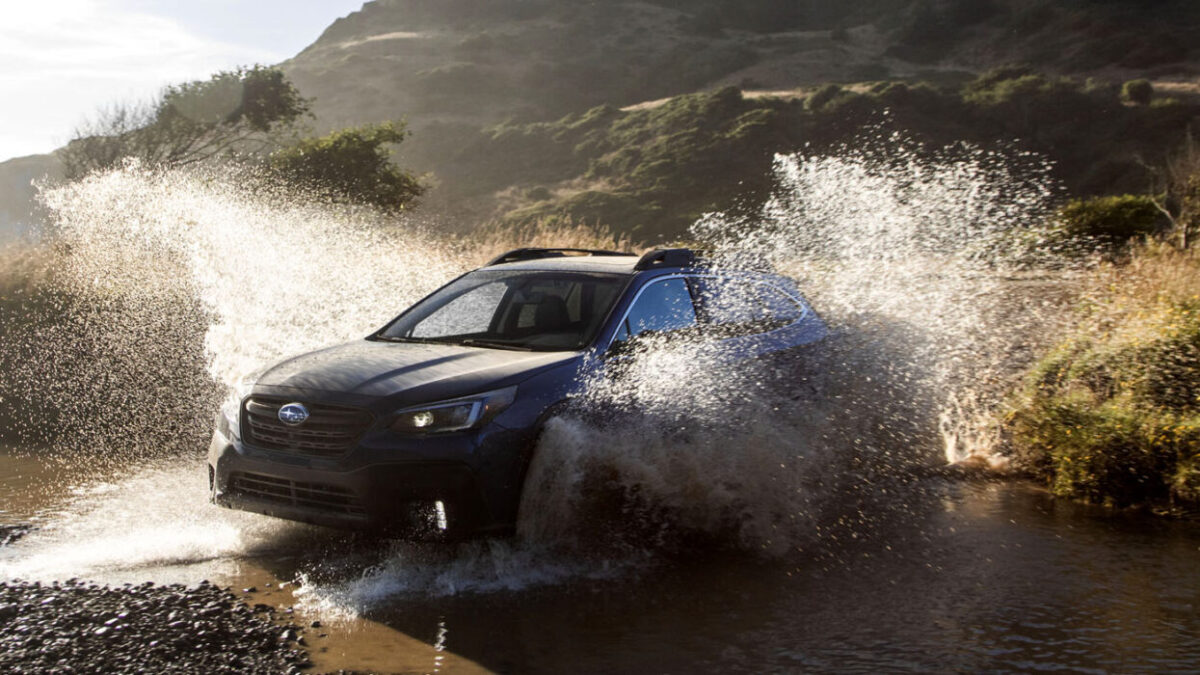

Subaru provides competitive-albeit unremarkable-limited and powertrain warranties.
#Subaru onyx turbo how to#
How to Repair, Maintain, and Care for Your CarĪll Outback models come standard with the company's EyeSight suite of driver-assistance technology.The Legacy accepted eight and 22 suitcases, respectively, in the same tests. Its rear cargo area provides 33 cubic feet of space in our testing, it held 11 carry-on suitcases with the back seat up and 23 bags with it folded flat.

The Outback also has a spacious back seat that offers an extra 1.4 inches of legroom compared with the previous generation. More upscale features such as a heated steering wheel, ventilated front seats, a power-adjustable front-passenger seat, and heated rear seats are available on fancier trim levels. Aside from the base model, every Outback has dual-zone climate control, heated front seats, a power-adjustable driver's seat, and copious USB ports. While Subaru's cabin design borders on boring, it's functional and has a high seating height. The Outback shares much of its interior with the Legacy, and both have comfortable accommodations and quality materials. For more information about the Outback's fuel economy, visit the EPA's website. We tested an Outback with each of these engines on our 200-mile real-world highway-fuel-economy route, and they returned an identical 28 mpg. The turbocharged version sees a significant dip in efficiency, with ratings of 23 mpg city and 30 highway. The EPA estimates the standard Outback will earn 26 mpg in the city and 33 mpg on the highway. Tested: 2022 Subaru Outback Wilderness Bulks Up.The wagon's standard engine also can tow 2700 pounds, while the turbocharged version can pull 3500. However, it lacks any athleticism, which might surprise WRX fans switching to the more practical wagon. The Outback's suspension provides a docile ride, and its steering is accurate and easy to manage on the highway. With 8.7 inches of ground clearance and all-wheel drive, the wagon is easily able to navigate inclement weather and even muddy, rutted roads for maximum go-anywhere capability, select the Wilderness model, which boasts 9.5 inches of ground clearance as well as a beefed-up suspension, skid plates to protect its underside, and a drive mode selector with Snow and Mud modes. Still, most Outback owners are more concerned with ride quality and the car's ability to handle light off-road driving. While the turbocharged version was considerably quicker, it was plagued by the same recalcitrant transmission. The Outback we tested with the standard engine delivered unremarkable acceleration and lazy transmission behavior. Of course, all Outbacks have standard all-wheel drive, which is a Subaru staple (except for the rear-drive BRZ sports coupe). Both mate to a continuously variable automatic transmission (CVT) that mimics an eight-speed gearbox to mitigate annoying engine drone. The Outback lineup features a pair of flat-four-cylinder engines: a 182-hp 2.5-liter is standard and a 260-hp turbocharged 2.4-liter is optional. Among those, we'd opt for the more affordable package that adds blind-spot monitoring, a hands-free power liftgate, and passive entry with push-button start. The Outback Premium comes standard with an 11.6-inch touchscreen, a 4G LTE mobile hotspot, heated front seats, a power-adjustable driver's seat, more USB ports, and options that aren't offered on the base model. While it's only available with the standard 182-hp four-cylinder, we think upgrading to a higher-end trim to unlock the turbo's improved acceleration and the 800 pounds of extra towing capacity isn't worth the money. The Premium model has the best set of standard and optional features for the price.


 0 kommentar(er)
0 kommentar(er)
